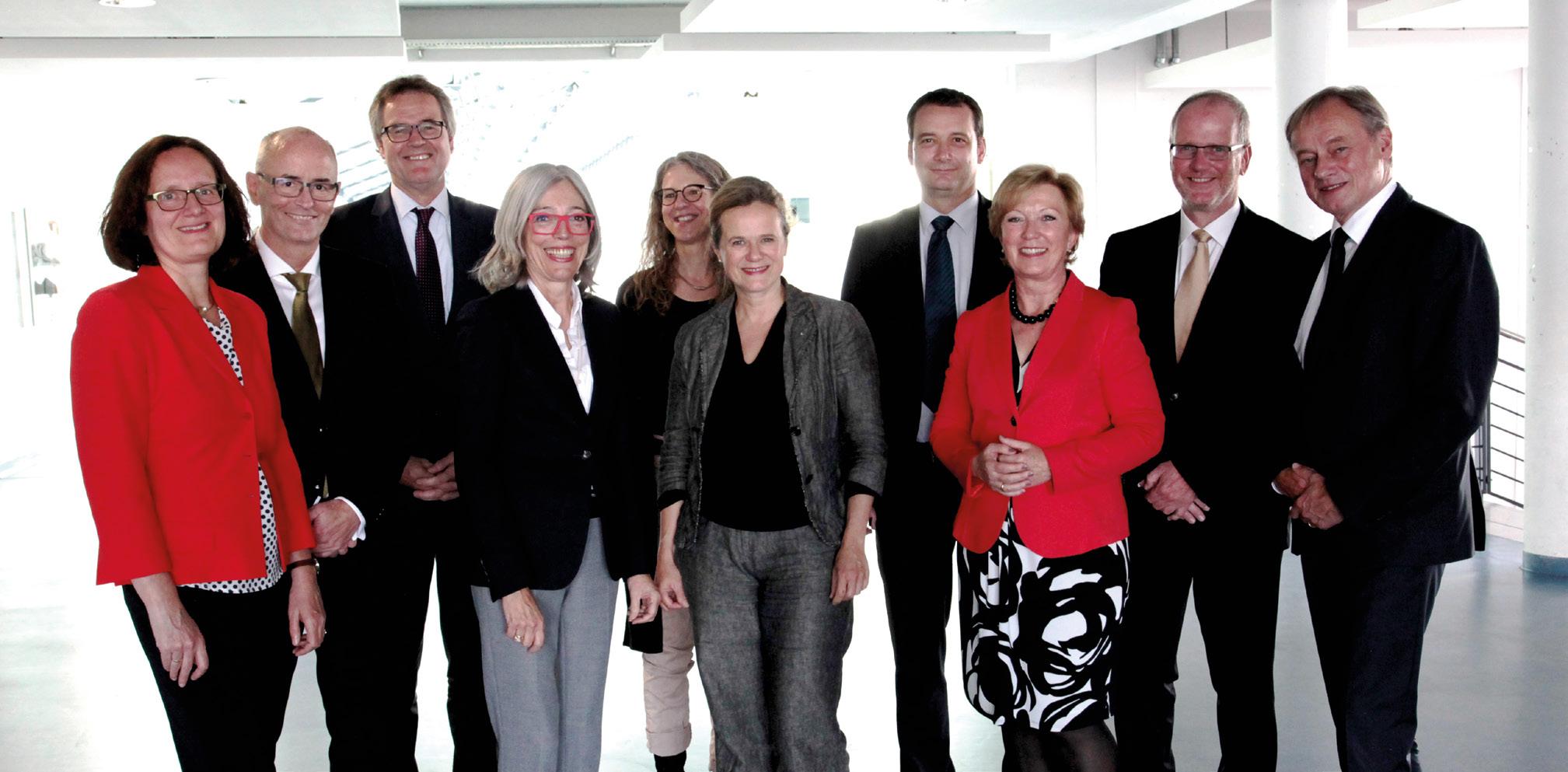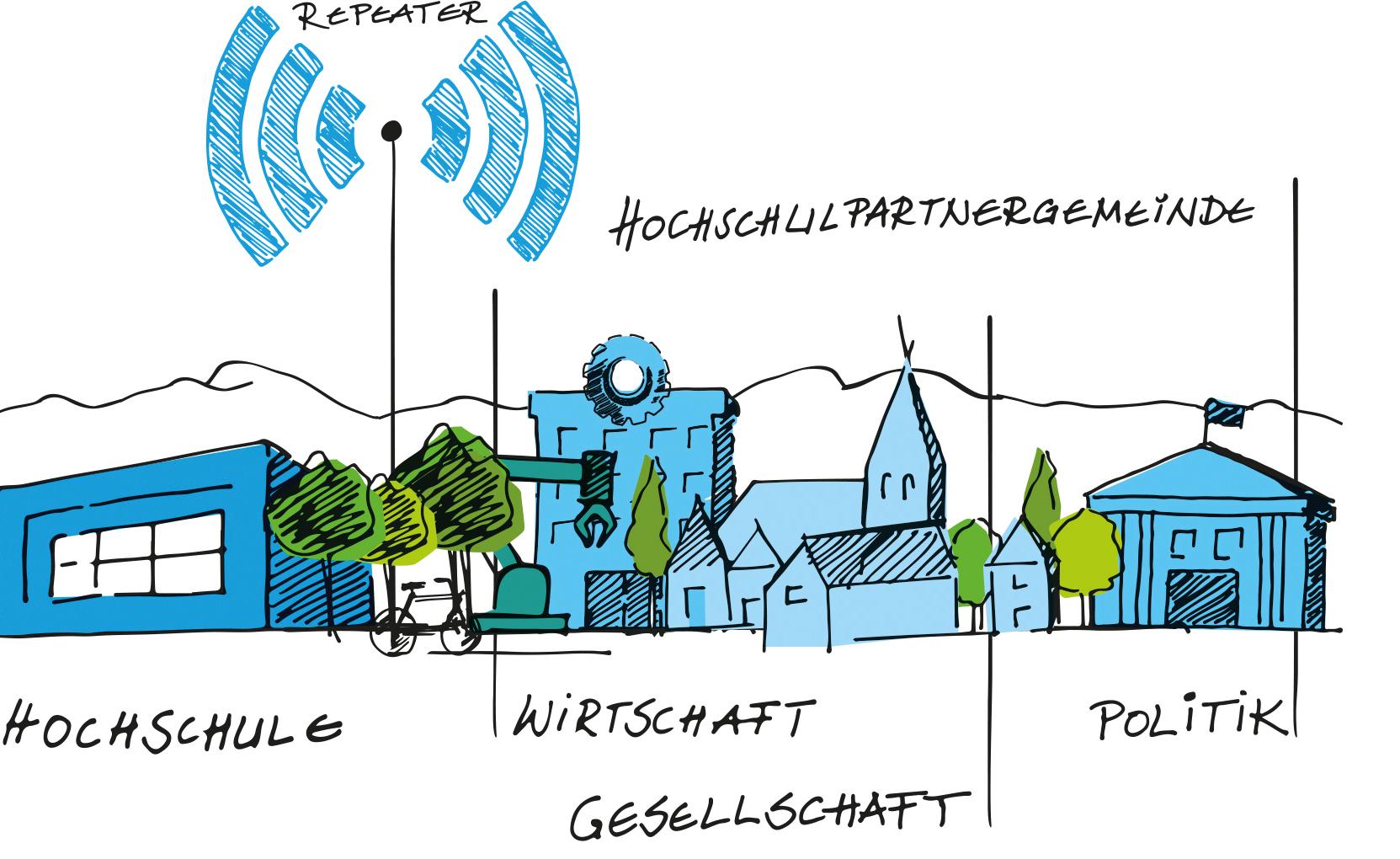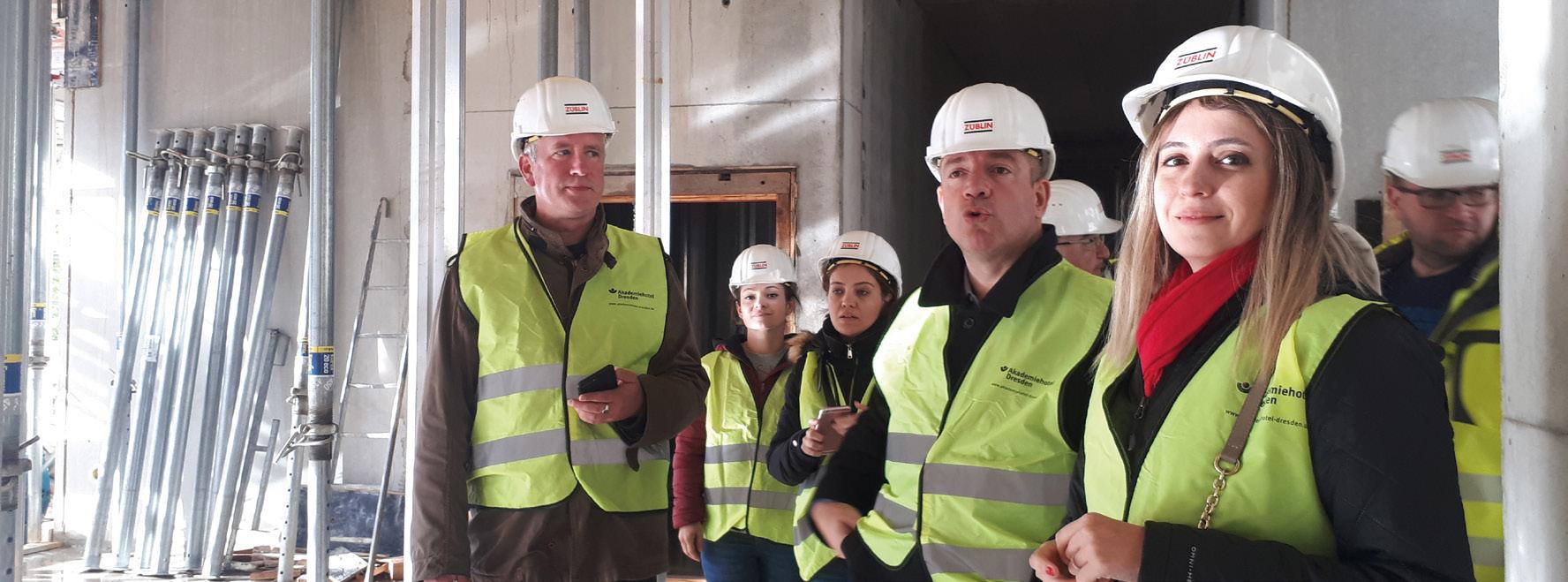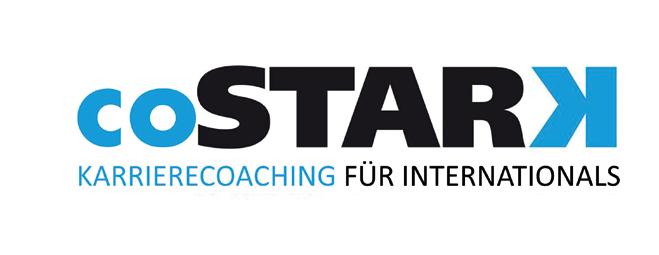
2 minute read
New method for treating drinking water
Effectively reducing contaminant levels
Advanced chemical analysis makes them visible – the residues of harmful substances in drinking water. Although they are present in such small quantities that they are not harmful to health, the purification process can still be improved. Professor Steffen Witzleben and his team in the Department of Natural Sciences are investigating a new treatment method for this purpose in the ReDeX research project, which has been running since September 2019. Mechanical, chemical, biological – these are the three classic purification stages of a sewage treatment plant as we know them from textbooks. A fourth purification step that is now widely employed in water management is the oxidation process. This is used in swimming pools, for example. However, many oxidants are unable to break down so-called persistent contaminants or xenobiotics. These include drug residues and pesticides. Some residues of these substances return to the water cycle via treated municipal and industrial wastewater and thus find their way into the drinking water supply. A classic case of applied research The scientists in the ReDeX project are investigating how these contaminant residues in drinking water can be avoided in the future. “Xenobiotics can be broken down through electrochemical reduction. This means that we destroy harmful substances through reactions at an electrode. The reductive treatment method is well known in research. We want to find out how to apply it to the water system”, explains Witzleben. The research project, which will run until August 2022, is funded by the Federal Ministry of Education and Research. Cooperation partner is the company Innovatec from Rheinbach, which has been dedicated to the development and production of ozone generators for decades. These are increasingly being used in hospitals to combat germs, viruses and mould. According to Witzleben, the coopera
tion creates an important synergy effect: “If our research
project is successful, the reductive treatment method can be applied not only in sewage treatment plants but also in hospital water systems, for instance. The drugs administered there lead to a high concentration of xenobiotics. A plant installed on site could efficiently remove these contaminants from the water”. More information: www.h-brs.de/de/entwicklung-einer-reduktivenbehandlungsmethode-zur-entfernung-vondesinfektionsnebenprodukten-und
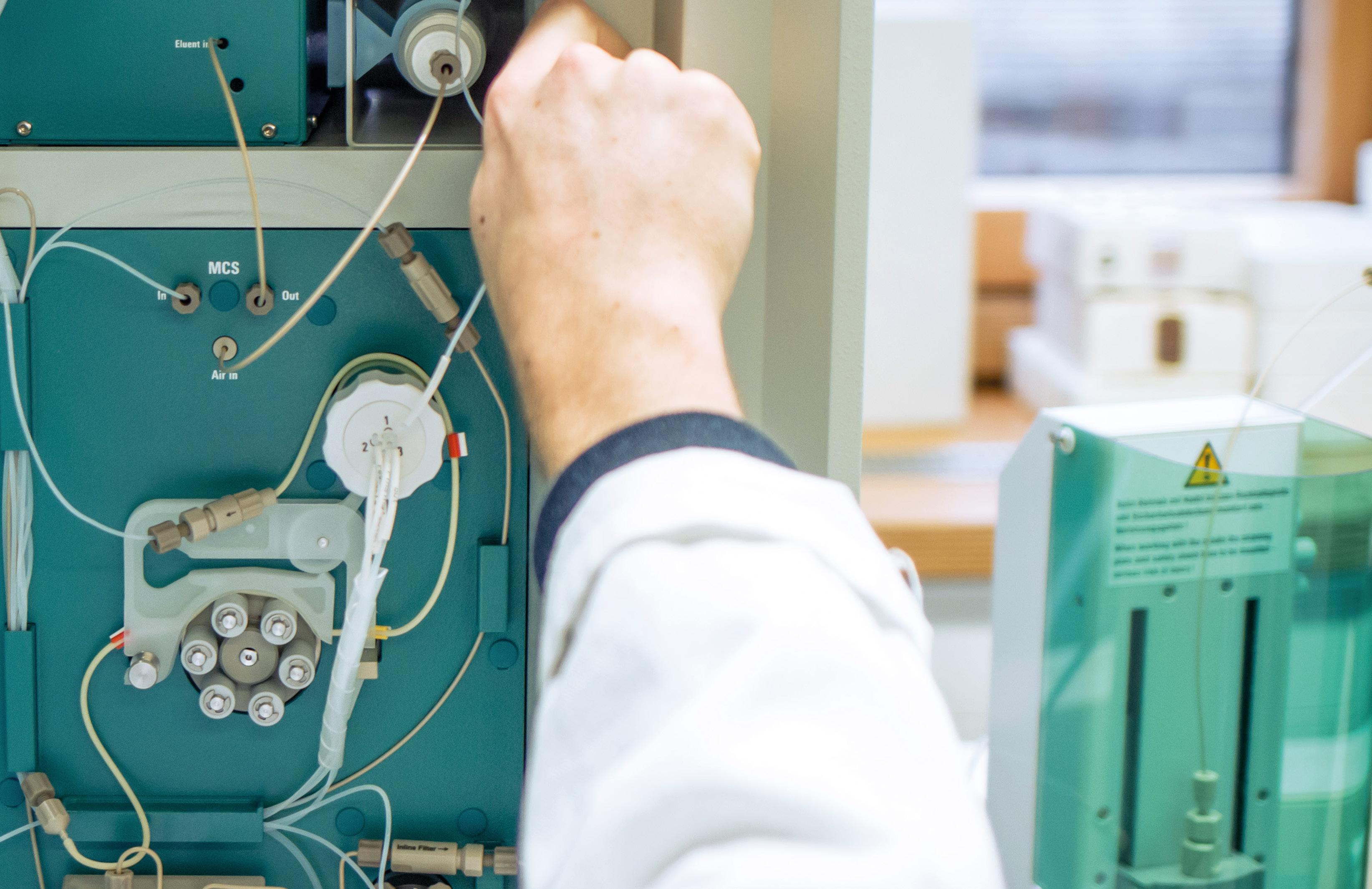
Water analysis in the lab with an ion chromatograph Quality assurance of biopolymers
Biopolymers – these are macromolecular substances that are synthesised in the cells of a living organism. They are used in many medical and industrial applications, but strict regulations require time and cost-intensive quality controls. In order to make these more effective, a project funded by the German Federal Ministry of Education and Research and led by Professor Margit Schulze is working on the development of a new analytical method. The goal is to establish a platform that provides holistic evidence of different biopolymer structures.


